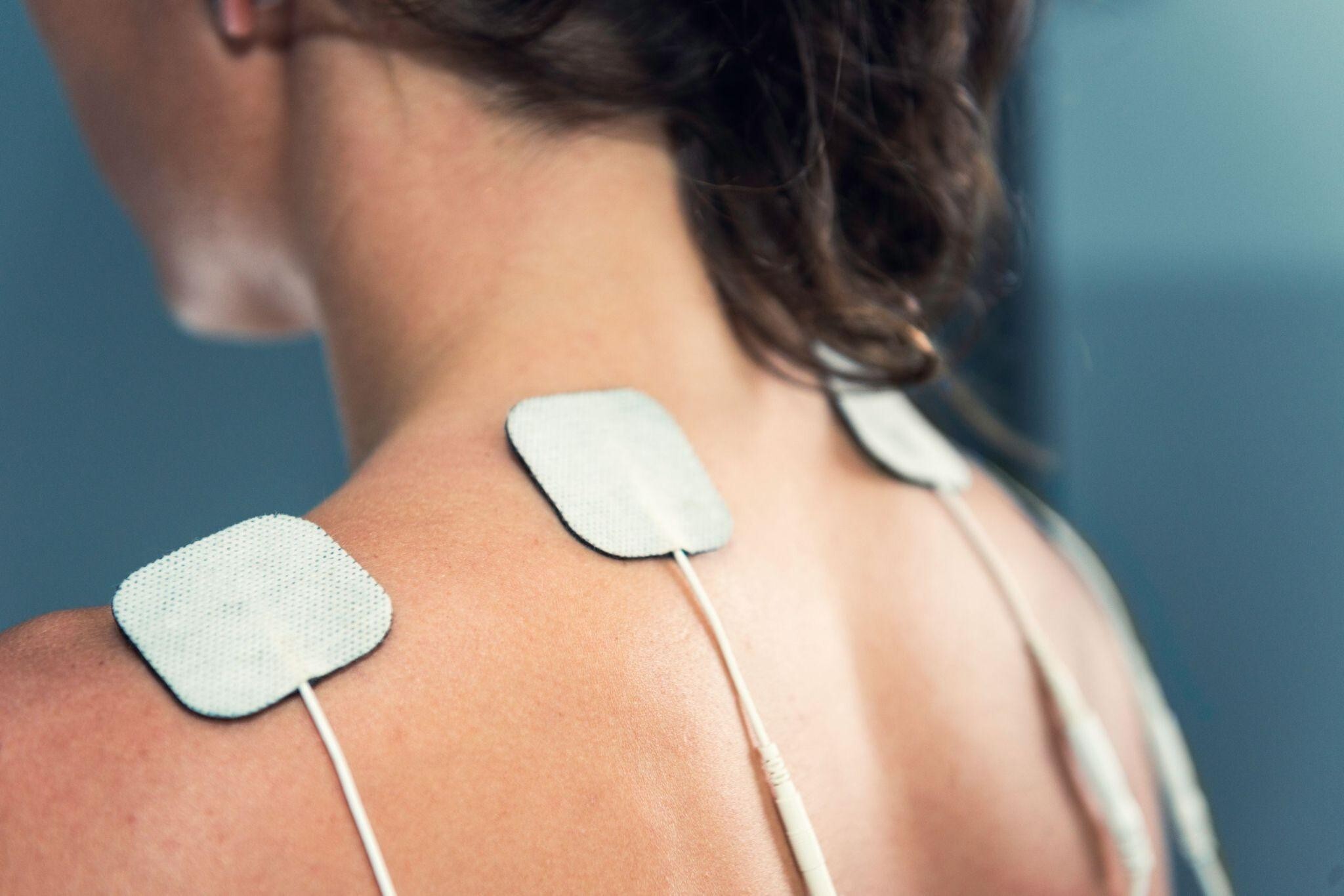PEMF vs. TENS
Posted by the medcom group on 15th Apr 2025
 If you’ve been exploring options for pain relief, you’ve probably come across pulsed electromagnetic field (PEMF) and transcutaneous electrical nerve stimulation (TENS) therapies. Both promise relief through electrotherapy treatment, but they work in very different ways. Let’s take a look at what each one does and which might be the better choice for you.
If you’ve been exploring options for pain relief, you’ve probably come across pulsed electromagnetic field (PEMF) and transcutaneous electrical nerve stimulation (TENS) therapies. Both promise relief through electrotherapy treatment, but they work in very different ways. Let’s take a look at what each one does and which might be the better choice for you.
What is PEMF Therapy?
PEMF therapy uses pulsed electromagnetic fields to stimulate the body’s natural healing processes. It improves circulation, reduces inflammation, and encourages cellular repair. The key is that PEMF works at the cellular level, which helps the body recover from injuries and chronic conditions more effectively.
Many people, such as athletes and individuals with long-term pain conditions, turn to PEMF for general pain management. You can even count on it for relief from arthritis, fractures, and post-surgical recovery. The best part is that it’s non-invasive and it helps avoid reliance on pharmaceuticals. In fact, there's no tingling or shocks—just deep, targeted relief that helps improve mobility and speed up recovery.
What is TENS Therapy?
TENS therapy uses gentle electrical pulses to interfere with pain signals before they reach the brain. It requires placing electrode pads directly on the skin, through which the device sends controlled currents that stimulate the nerves. This stimulation scrambles the pain messages being sent through the nervous system, blocking their pathway, so you feel less discomfort. It can also trigger the release of endorphins, the body's natural painkillers, which further reduce discomfort.
TENS isn’t a remedy that speeds up the healing process, but it is an effective pain management tool that makes recovery easier. Some people describe the sensation as a light tingling or muscle twitch, but it’s completely safe and adjustable to your comfort level.
People use TENS for all kinds of pain, including simply for sore muscles, injury recovery, and joint aches or even more complex nerve-related issues like sciatica and chronic conditions like arthritis. Since it’s small, portable, fast-acting, and easy to use, you can take it anywhere and get relief without relying on medication.
PEMF vs. TENS: Key Differences
|
Criteria |
PEMF (Pulsed Electromagnetic Field Therapy) |
TENS (Transcutaneous Electrical Nerve Stimulation |
|
Mechanism |
Uses electromagnetic fields to stimulate cellular repair and improve function. |
Sends mild electrical impulses to disrupt pain signals traveling to the brain. |
|
Depth of Treatment |
Penetrates deep into muscles, bones, and tissues. |
Primarily affects surface-level nerves. |
|
Conditions Treated |
Ideal for chronic pain, inflammation, bone healing, and long-term recovery. |
Best for short-term relief from acute pain, muscle spasms, and nerve discomfort. |
|
Usage Experience |
Completely painless with no direct skin contact required. |
Requires electrode pads placed on the skin, causing a tingling sensation. |
|
Long-Term Benefits |
Helps the healing process with cellular regeneration. |
Offers temporary pain relief but does not promote healing. |
How to Decide on the Right Treatment
Choosing between PEMF and TENS comes down to your specific needs and what your healthcare provider recommends. If you're dealing with chronic pain, slow-healing injuries, or inflammation, PEMF might be the better option. If you need fast pain relief for muscle spasms or nerve discomfort, TENS could be the way to go. Before making a decision, talk to your doctor or physical therapist—they’ll help you figure out what will work best for your condition.
Once you know what you need, the medcom group can help you find the right equipment. Don’t waste time guessing—reach out to the medcom group today for expert advice and the best equipment to get you back to feeling your best.
